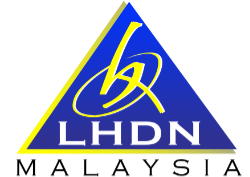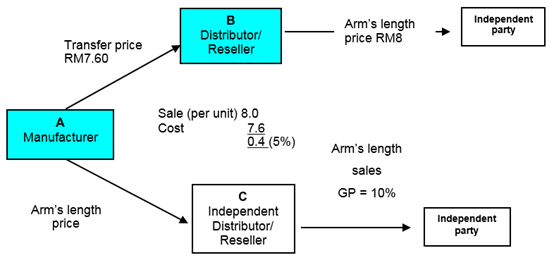In making comparisons for purposes of RPM, the focus is more on functions performed compared to product characteristics. Factors which may influence the resale price margin and other considerations when performing a comparability analysis include:
- The functions or level of activities performed by the reseller: whether only performing minimal services to taking on full ownership and responsibility for the risk involved in the transactions e.g. whether the reseller is merely a forwarding agent or a distributor who assumes full responsibility for marketing and advertising the product by risking its own resources in these activities;
- The degree of added value or alteration the reseller has done before the product is resold. The method is difficult to apply if the product has gone through a substantial number of processes;
- Employment of similar assets in the controlled and uncontrolled transactions e.g. a developed distribution network;
- Although broader product differences are allowed as compared to the CUP method, product similarities are still significant to some extent particularly when there is a high value or unique intangible attached to the product;
- If the resale price margin used is that of an independent enterprise in comparable transaction, differences in the way business is managed may have an impact on profitability;
- A resale price margin will be more accurate if it is realized within a short time lapse between original purchase and the resale of the product as a longer time lapse may give rise to changes in the market, exchange rates, costs etc.;
- Whether the reseller is given exclusive rights to resell the products;
- Differences in accounting practices, where adjustments must be made to ensure that the components of costs in arriving at gross margins in the controlled and uncontrolled transactions are the same.


